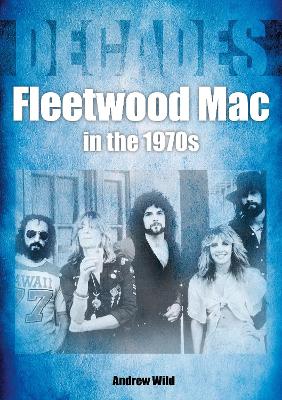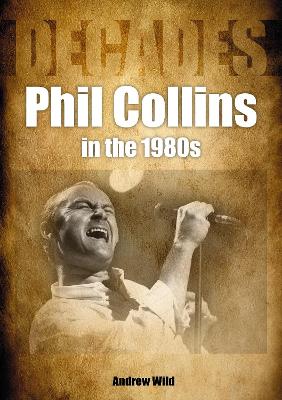Decades
2 total works
Music fans tend to divide into two camps at the mention of Fleetwood Mac. There are those who think of the multi-million-selling five-piece that formed in the mid-1970s and released Rumours, the biggest selling album of all time. But there are those who adopt a self-appointed 'cooler' stance, preferring the late-sixties blues band fronted by the virtuosic guitarist Peter Green. But that's not the whole story. Between May 1970, when Green left his own band to be replaced by the bass player's wife, to the beginning of 1975, when Lindsey Buckingham and Stevie Nicks joined Fleetwood Mac, there were five years of what can only be described as turmoil. One by one, talented musicians such as Jeremy Spencer, Danny Kirwan, Bob Weston and Bob Welch joined and left the band.
While it's impossible to ignore the skill and longevity such classic songs as 'Rhiannon' and 'Don't Stop' and albums Fleetwood Mac, Rumours and Tusk, there are an equal number of half-forgotten classic songs from the first half of the 1970s and many deep album cuts that have been overlooked. Here is the story of Fleetwood Mac in the 1970s - the music, the people, the tours, the rumours, the failures and the successes.
While it's impossible to ignore the skill and longevity such classic songs as 'Rhiannon' and 'Don't Stop' and albums Fleetwood Mac, Rumours and Tusk, there are an equal number of half-forgotten classic songs from the first half of the 1970s and many deep album cuts that have been overlooked. Here is the story of Fleetwood Mac in the 1970s - the music, the people, the tours, the rumours, the failures and the successes.
Phil Collins was everywhere in the 1980s. He had more top forty singles in the US than any other artist during the 1980s: fourteen as a solo artist and eleven with Genesis, along with two number one albums. Add to this, twenty-five solo / group hit singles and eight number one albums in the UK. He also recorded with artists as diverse as Peter Gabriel, John Martyn, Frida, Robert Plant, Mike Oldfield, Marti Webb, Al Di Meola, Adam Ant, Eric Clapton, Phil Bailey, Band Aid, Marilyn Martin, Paul McCartney, Tina Turner, Chaka Khan and Tears For Fears - another thirty-five albums or standalone singles, some of which were massive global hits.
He also found time, somehow, to tour with Plant and Clapton in addition to his extensive in-concert duties with Genesis and as a solo artist. And perform at Live Aid. At both concerts. That’s around six hundred live concerts in total between 1980 and 1989. There’s no doubt that the guy was busy in that period!
Amidst the overwhelming commercial success and ahead of any other career plan Phil Collins was and is a musician. His ubiquity between 1980 and 1989 hides ten years of magnificent music and this book examines Phil Collins’ musical output through these ten tumultuous years.
He also found time, somehow, to tour with Plant and Clapton in addition to his extensive in-concert duties with Genesis and as a solo artist. And perform at Live Aid. At both concerts. That’s around six hundred live concerts in total between 1980 and 1989. There’s no doubt that the guy was busy in that period!
Amidst the overwhelming commercial success and ahead of any other career plan Phil Collins was and is a musician. His ubiquity between 1980 and 1989 hides ten years of magnificent music and this book examines Phil Collins’ musical output through these ten tumultuous years.

